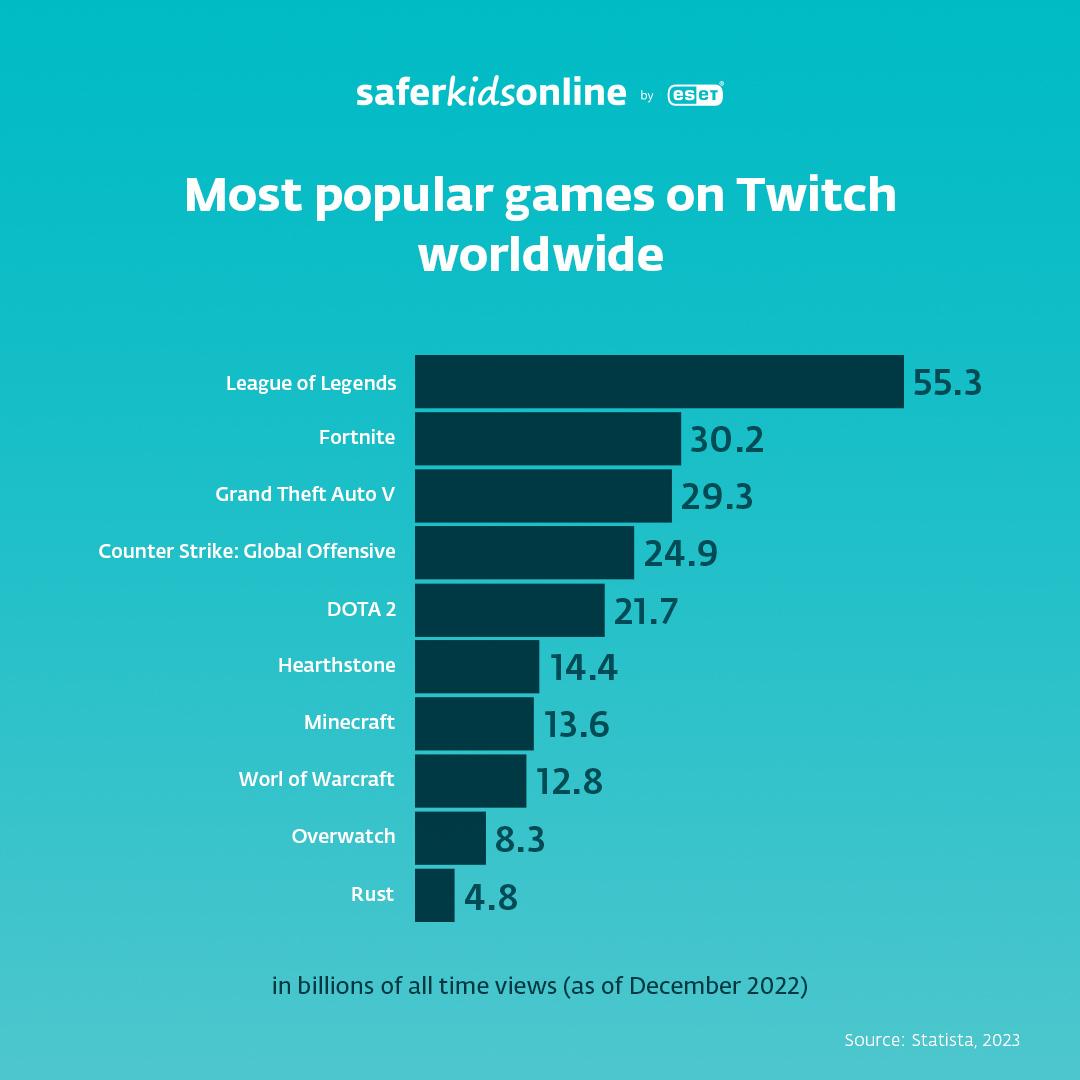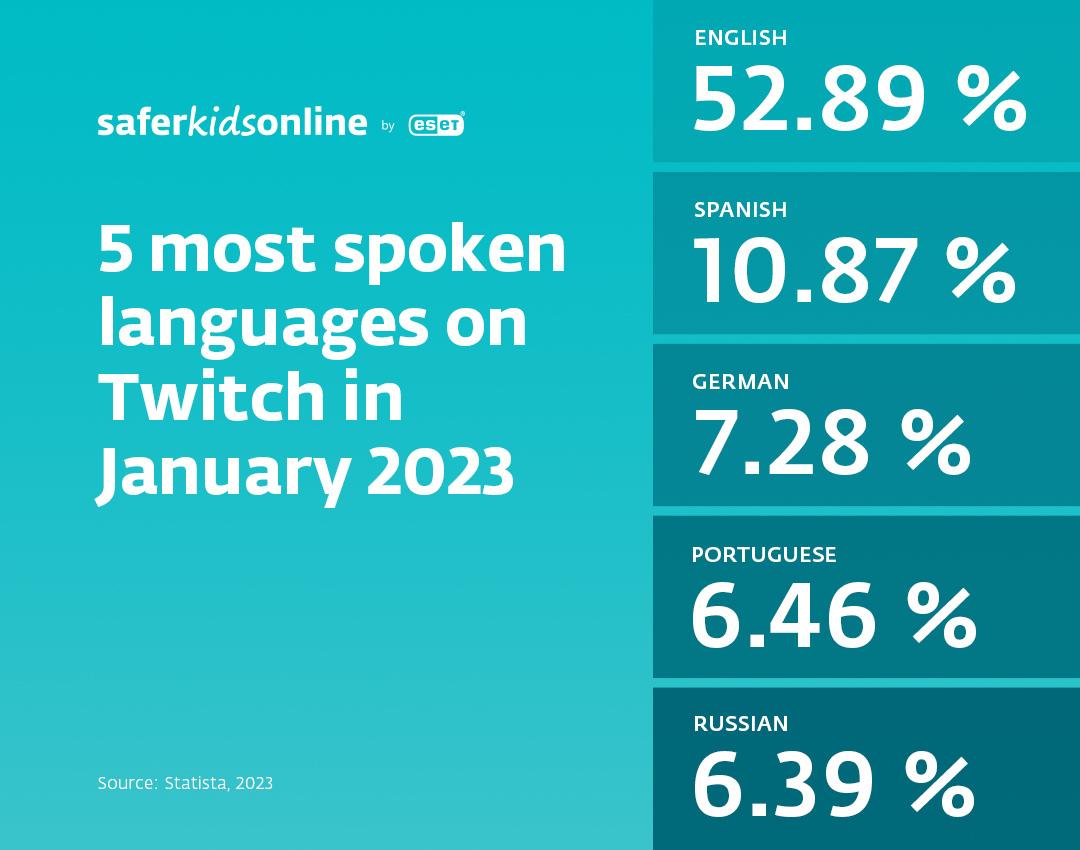Between 2015 and 2022, Katerina streamed Age of Empires II, a popular real-time strategy game developed by Microsoft Game Studios in the 90s, and its successful remaster from 2019, Age of Empires II: Definitive Edition, developed by Forgotten Empires and published by Xbox Game Studios. Streaming gradually became her part-time job next to studying Sinology at the Charles University in Prague, and she even found herself in the top 10 female players in the world.
“I grew a fanbase and a community that supported me by subscribing to my channel as well as contributing regular donations. I enjoyed sharing my journey with others, and as I’ve always loved teaching, it was exciting to pass on my know-how to the viewers. Some of my fans and subscribers turned into friends and we have had the chance to meet in the offline world too,” says the streamer who’s currently taking a break from gaming since she started working full-time at a translation agency and her job is keeping her very busy.
Throughout the seven years she spent developing the OdetteD channel, Katerina has gained valuable insights about the functioning and atmosphere of Twitch. Here are some points that can help you navigate the platform and teach your kids to use it responsibly.
Basic Facts About Twitch
- The platform is the most popular live video streaming service worldwide. It was founded in the US in 2011 and should only be used by people aged 13 and up. Users who don’t comply with the age restriction can be reported, and their accounts deleted.
- In 2014, Twitch was acquired by Amazon.
- Twitch users are divided into two main groups: streamers (broadcasters) and viewers.
- You don’t have to have an account to watch Twitch streams. You only need one to enter the chat or start broadcasting.
- In 2022, the average number of concurrent viewers on Twitch in 2022 was 2.58 to 2.84 million.
- The majority of Twitch users are male (79%). Women make up about 20%.
- Twitch users are most likely to be between 25–34 years old.
- The content can either be watched live, or as video on demand.
There’s more to Twitch than just live gaming
The first thing people think of when Twitch is mentioned? Live gaming. However while gaming channels are among the most popular on the website, there’s a lot more to discover. “Cooking, art and music channels, interviews, political discussions, stand-up shows, fairy-tale live reading… The possibilities of what the platform offers reach far beyond gaming. You can find quality educational content on Twitch, both for parents and children,” says Odette. Some creators do charity streams, where they raise awareness about matters such as mental health or cancer, while actively raising money to donate to a selected cause or an NGO.
Eager to discover more about the specialised channels? Content on Twitch is divided into topic groups, such as Food and Drink as well as other streams broadcast live music or talks shows and podcasts. Content that not only your children, but also you as an adult might find attractive.
There is no official label for family and kid-friendly Twitch channels (though there have been discussions about a new subsection of family friendly channels), but they can usually be identified based on some specific signs. “In the info about their channel, some streamers state that it’s only 18+, or the opposite – that the content is family-friendly and appropriate for minors. Also, some channels contain a special feature that shows up when the user opens the stream. The broadcast won’t play right away; the viewer must first confirm that they’re over 18. This can help parents identify channels with potentially inappropriate content,” states Katerina Tuzarova.
In other cases, a pre-set message pops up in the chat when the user enters it for the first time, highlighting the rules of the chat as well as the fact that the content of this channel is for adults only. Since you don’t need a registered account to watch streams and read the chat on Twitch, monitoring the content your kid follows may be quite easy.
What can kids learn by playing video games? Read more.
Streamers usually start out as viewers
Before Katerina started her own stream, she watched the broadcasts of her friends. This allowed her to gain inspiration as well as learn about the community and other important aspects of streaming. As she emphasises: “If a kid wants to start their own channel, they should first have enough experience as a viewer and invite their friends or family to support them on their channel. This grows the chance of them building a reliable community around their channel and ensures that they won’t stream to no audience at all, or only to complete strangers. Caring friends and family members present on your channel may help you set the desired atmosphere as well as combat hate speech by supporting you whenever a troll happens to enter the chat.”
Streaming can offer job opportunities
Opportunities abound, both full and part time, for both streamers and viewers. If a viewer likes a channel, they can subscribe to it for a monthly fee that differs in each country – both the streamer and Twitch get a share. Fans can also support the streamer by one-time donations, without having to donate on regular basis. “The stream can become a business, with everything that usually goes along with that, from marketing to taxes. As the channel and the viewer base grows, the streamer may start receiving partnership and sponsorship offers, similarly to influencers on Instagram and other social media. The success of the channel depends on the broadcaster’s skills, but there’s some luck involved too.
There are many ways to make your channel attractive. A good mic, camera and lighting are some of the basics. The branding, content strategy and program are also important; you can, for example, create your own emojis that people can use in any Twitch chat once they subscribe to your channel. Using your emoji in other Twitch chats is also a subtle form of advertising, and some people will subscribe to a channel for the sole purpose of being able to use the emojis. Channel branding, which involves emojis, but also various other designs and animations, creates job opportunities for graphic designers and artists,” says the streamer Katerina Tuzarova. Also, in some cases, chat moderators are paid for their work – they get a salary from the streamer.
There are several ways to support streamers financially
Usually, viewers send streamers “donations” via a third-party service (such as Streamlabs or StreamElements) using PayPal or a credit card. There is also a Twitch currency called “bits.” Users can purchase bits right on the website (Twitch receives a cut) and later send them to the streamer via a special command in the chat. What if your child wants to support a streamer by donating? “You and your kid can agree on a limited monthly budget or a one-time contribution that can be used to support their favourite streamer, and possibly discuss the choice together.
I perceive watching streams similarly as going to a soccer game – you also pay to watch someone else play, admire their tactics and thinking. If the content is high quality and can help develop the child’s skills such as creativity or social thinking, then a subscription or a donation for the streamer can make sense,” Katerina aka Odette shares her recommendations.
Extra tip: Discuss the specifics of high-quality content with your kids so that if they should decide to start their own channel, they will be more self-aware. Teach them to think critically about the advantages and disadvantages of presenting yourself online and go through the basics of financial thinking together.
Kids can easily fall for in-app purchases. How to approach them responsibly?

Twitch can be a great place to learn and develop valuable skills
On Twitch, kids can become part of smaller or larger communities. “They can share their interests, practice social skills, chat, and get to know people from all over the world or even meet in person. In some communities, meet-ups are organised regularly. When there was an Age of Empires II tournament organized in Germany, we would meet there and grow friendships in the offline world too. We watched the tournament games together, but also did sight-seeing and other fun activities,” recalls Katerina Tuzarova. Of course, an adult should always accompany minors, and such real life personal contact should be thoroughly discussed and thought-through.
How can technologies positively affect a child’s development? Learn more.
The chance of your kid finding a valuable community is increased if they follow Twitch channels with rather smaller audiences. “If there are tens of thousands of people in the chat, it’s harder to make acquaintances or start a normal conversation,” adds the gamer. Many Twitch users later connect via Discord, a separate instant messaging social platform that’s also popular among kids (who must be more than 13 to use it, as is the case with Twitch), and can also be used independently from the streaming platform.
“Here, they can hang out even when the Twitch stream is offline and discuss various topics. There are Discord chat rooms dedicated to cooking, pets or sports, for example. This way, you may really connect with someone outside of just chatting or gaming together,” says Katerina. “On Discord, users are assigned the same roles they had on Twitch, such as a chat moderator or subscriber. If they are subscribed to a Twitch channel and got a set of special emojis in return, they can also use them on Discord.”
Also, since most Twitch channels and communities are international, your child can learn or practice a foreign language. This too is supported by Odette’s experience, she used to stream both in Czech and English while studying Chinese at university. “There are native speakers of almost any language you can think of. I would, for example, get engaged with Chinese chats and learn new vocabulary from them.”

Teach your kids how to handle hate speech
Of course, there are also many downsides of Twitch. Both streamers and viewers can encounter hate speech. “Some of the haters and trolls for example unscrupulously comment on other people’s appearance. But a healthy community promoting certain values and setting the atmosphere around the stream can support the targeted person. Such people may also be banned and/or reported on the website. There is also a warning measure, called the time-out, which is a ban for a selected limited amount of time. Most streamers assign the role of chat moderator to some of their reliable viewers, friends or family, and let them manage the community,” describes Katerina. She recommends that kids not react to hate speech since an emotional response is what the attacker is mostly looking for, aiming to hurt the child.
Applying specific chat rules can prevent interactions with haters. “The streamer can adjust the chat settings and only let those who follow the channel join the chat, or even set a rule that one has to be following the channel for a certain amount of time, ranging from 10 minutes to 3 months, to be able to chat with others. This can prevent bots, spammers posting scam messages and trolls posting hate speech from engaging in the chat. The streamer and their moderators can see the message and ban history of any user, which also helps them make decisions and take safety measures.
More tips to prevent hate speech on Twitch
You can use Chat Filters to hide unwanted messages in any chat all across Twitch as well as other moderation tools. If you want to raise the chance that your child agrees to use them and is happy to follow the rules, explain every step thoroughly, let them pose questions and answer them patiently. You can also watch some of the channels together to support your mutual trust and understanding. It is worth making transparency a stable part of your family culture. From time to time, don’t hesitate to sit down and discuss how things go, and share your own recent experiences, both positive as well as negative.
Find out more about how to prevent grooming and cyberbullying on social platforms.
Here are some other digital security principles to keep in mind.
On any other streamingor social media platform including Twitch, specific principles of digital security should be followed. Advise your child to stick to the rules mentioned below, and explain why it’s smart to do so.
- Sharing personal information should be avoided.
If your kid is a streamer, no one should be able to identify their whereabouts. Take care that this is not revealed, for example, based on the stream’s background. Explain to your kids why they should not disclose any personal information in the chat either – even if they feel that they can trust the community and are only active in closed chatrooms. And explain why some users never even reveal their real name. It may help to explain how identity theft works and how personal data can become a valuable asset, often misused by cybercriminals. They often also aim to infect user accounts, and possibly the whole device too, usually by spreading malware via harmful links.
- Personal information should never be shared on Twitch, including
- Full name
- Full names of friends and family
- Physical address or city
- Name and location of your child‘s school
- Personal or family phone numbers
- Social media handles
- Passwords
- Credit card, bank account or other financial information
- Social Security or Driver’s License numbers
- Any other personal information that could be used to identify or locate your child
Twitch, 2023
- Make sure your child knows there are links they should not click on.
As with most online platforms including Twitch, users can encounter scams, spam and phishing. Malicious websites or even malware often hide under suspicious links – for example, they can be spread on the stream’s chat, either by bots, trolls, or other bad actors. Malware can not only infect the Twitch account, but also the whole device. Anytime your kids is asked to download a program or fill in a form that asks them to for example fill in their credit card details, they should watch out. Advise your children never to click on links from people they don’t know, as well as to refrain from entering personal data anywhere online – if they wish to do so, they should discuss any steps with an adult. It might be worth explaining how to spot a fraud, and what are the basic signs of social engineering.
Specific scams may appear on Twitch. Get to know some of the most common ones, introduced by a streamer.
- Teach your child how to set up a strong password.
Strong combinations of letters and numbers can help ensure that your child’s account and personal information stays safe and does not land in wrong hands. Learn more about why carefully thought out passphrases matter – watch this short video prepared by Jake Moore, ESET Security Awareness Specialist. Or try generating a strong password right away. If you want to add an extra layer of security to your teen’s account and protect it from unauthorized logins even more effectively, consider implementing the MFA (Multi-Factor Authentication). As Twitch states: If your child‘s password is compromised, the account will be inaccessible without the unique code sent to their or your phone. Here’s how to proceed step by step.
Has someone accessed your child’s account? There are policies to follow.
- Your child should think twice before installing a new add-on and other extensions.
Some of the scams/messages include a call to action which lures the child to, for example, download a new game extension, install an innovative plug-in or other seemingly attractive extra features that can cause harm, such as accessing your child’s IP address, and finding out about their whereabouts, identifying their device type, battery level or preferred language. Even though your teen’s device shouldn’t be vulnerable to hacking through this type of fraud, the previously mentioned types of information can be misused for location estimations, and more.
Once basic digital security principles have become an integral part of your child’s online activities, Twitch can be a fine place to have fun and educate oneself. The same can be said for many other online platforms. Find out more about the positive sides of TikTok or the PlayStation, too.
Looking for more information on how to approach Twitch? Discover the Parent’s Guide, created by the Connect Safely NGO, and download it for free.




